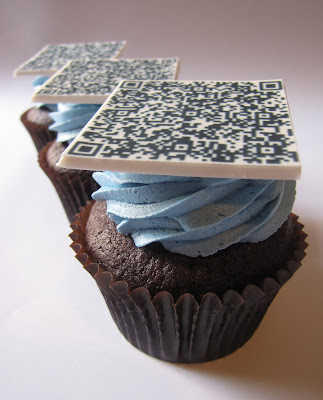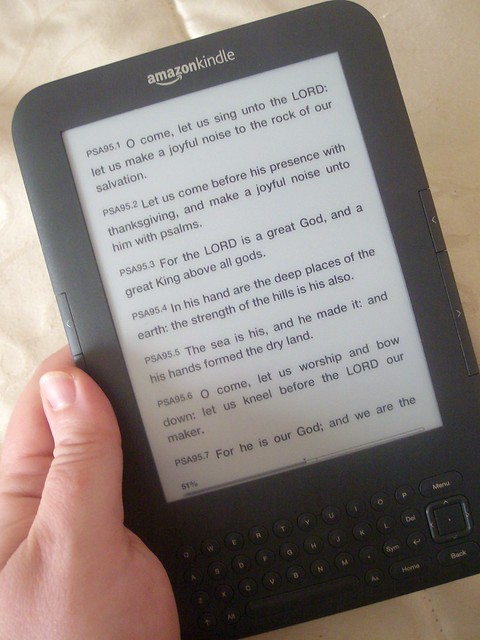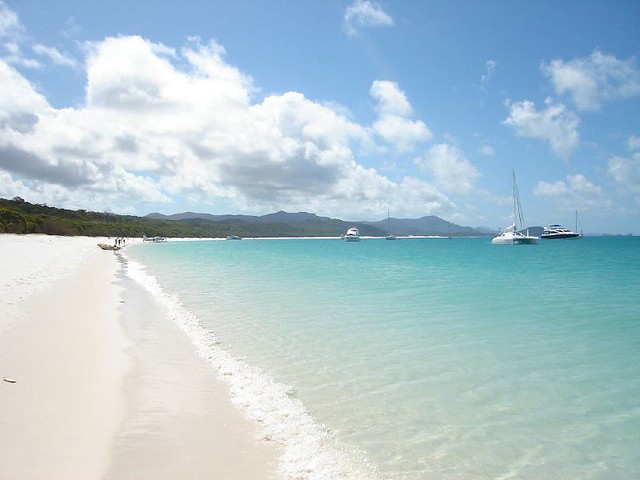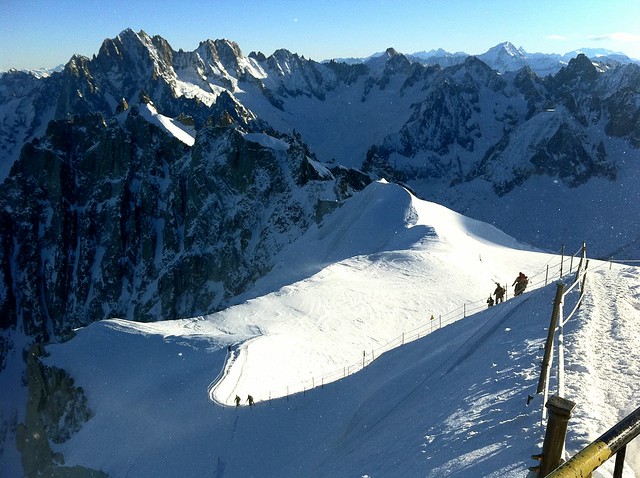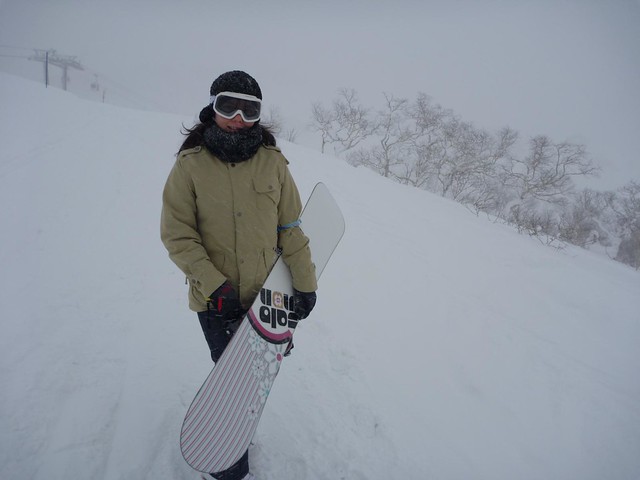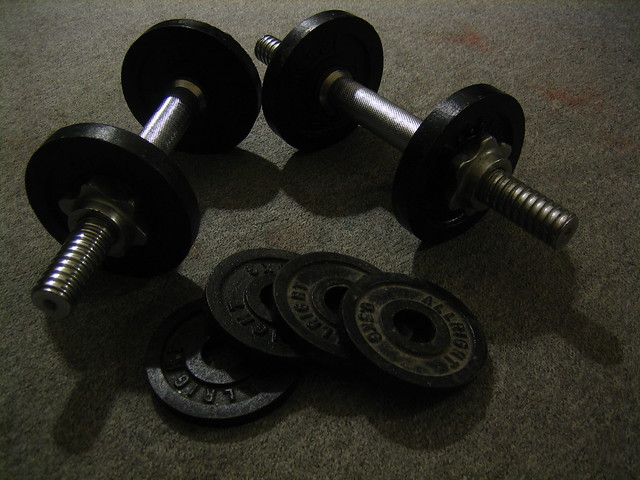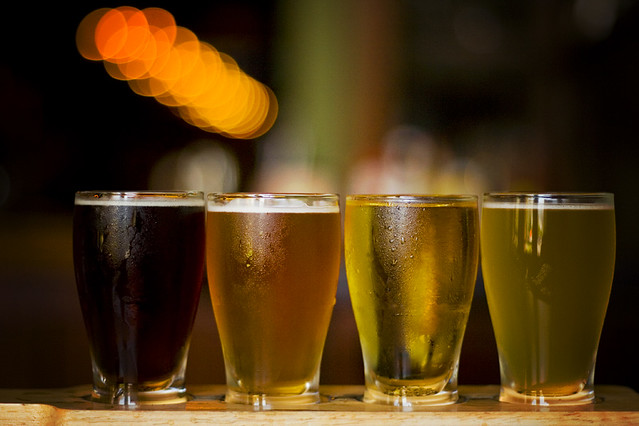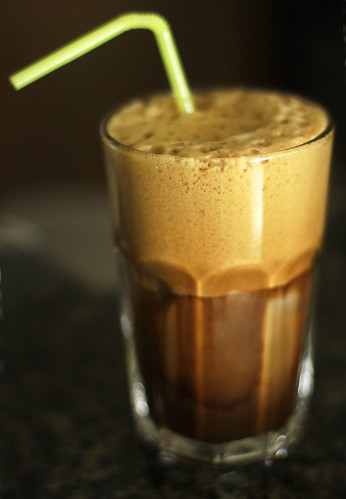Thanks to smartphone technology, QR codes can be scanned and take consumers to a company’s website. There are even virtual stores that use barcodes on images of products to create a new shopping experience!
Take a look at the top 10 ultimate barcode designs and uses below, from edible QR codes to barcode artwork.
Barcodes in the shape of products
Although most of us are familiar with rectangular barcodes, they can in fact be designed in any shape. These ‘vanity barcodes’ still scan as normal, but add extra marketing and fun to a product.Ironic barcode shapes
The use of decorative barcodes can provide laughs through ironic pairing of product and code shape. For example, a barcode in the shape of a cow could be placed on the packaging of beef burgers! Companies such as South East Labels are experts in the creation of interesting barcodes.Using a company such as this will enable you to create your own custom barcode labels so that you can come up with something truly individual.
Barcode art
Street artists including Banksy take the idea of barcodes as decoration to the next level. Using spray paint, they create barcode-based designs on public walls to make those passing by stop and look.Montages made of barcodes
There are also barcode artists such as Scott Blake who use the black and white lines in a montage to create portraits. Blake uses barcodes from relevant products, like his portrait of Andy Warhol made from barcodes from Campbell's Soup cans.QR codes linking to URLs
QR codes are now a big part of advertising thanks to smartphones. QR code scanner apps send the user to a URL that could be the company’s website or a page about that particular product.Virtual stores
There are now virtual stores where you can scan codes on 2D pictures of the products you want to order. A famous example is a Tesco (Homeplus) in a subway station in South Korea.Edible codes
Taking the idea of barcodes and shopping further, companies like Clever Cupcakes have made edible images of QR codes that link to their website when scanned by a smartphone before being eaten!Barcodes in wheatfields
Creative types with access to a big field and a combine harvester can be inspired by semacodes to present a new straight-line take on the crop circle.Business card barcodes
A traditional business card provides contact information including an email address and telephone number that you have to input manually into your phone contacts list. Thanks to barcodes, you can just scan it and all of the details will automatically upload, eliminating the possibility of mistakes.Coded coins
Even money can be a surface for a barcode! The Royal Dutch Mint issued the first coin with a QR code in June 2011 to celebrate its current building’s centennial. The code linked to a website all about the special coin.Useful links
Barcode birthdayThe BBC marks the barcode patent’s 60th anniversary.
QR readers
The Guardian’s review of QR scanner apps.
Banksy barcode art
The Telegraph’s article on the street artist.


